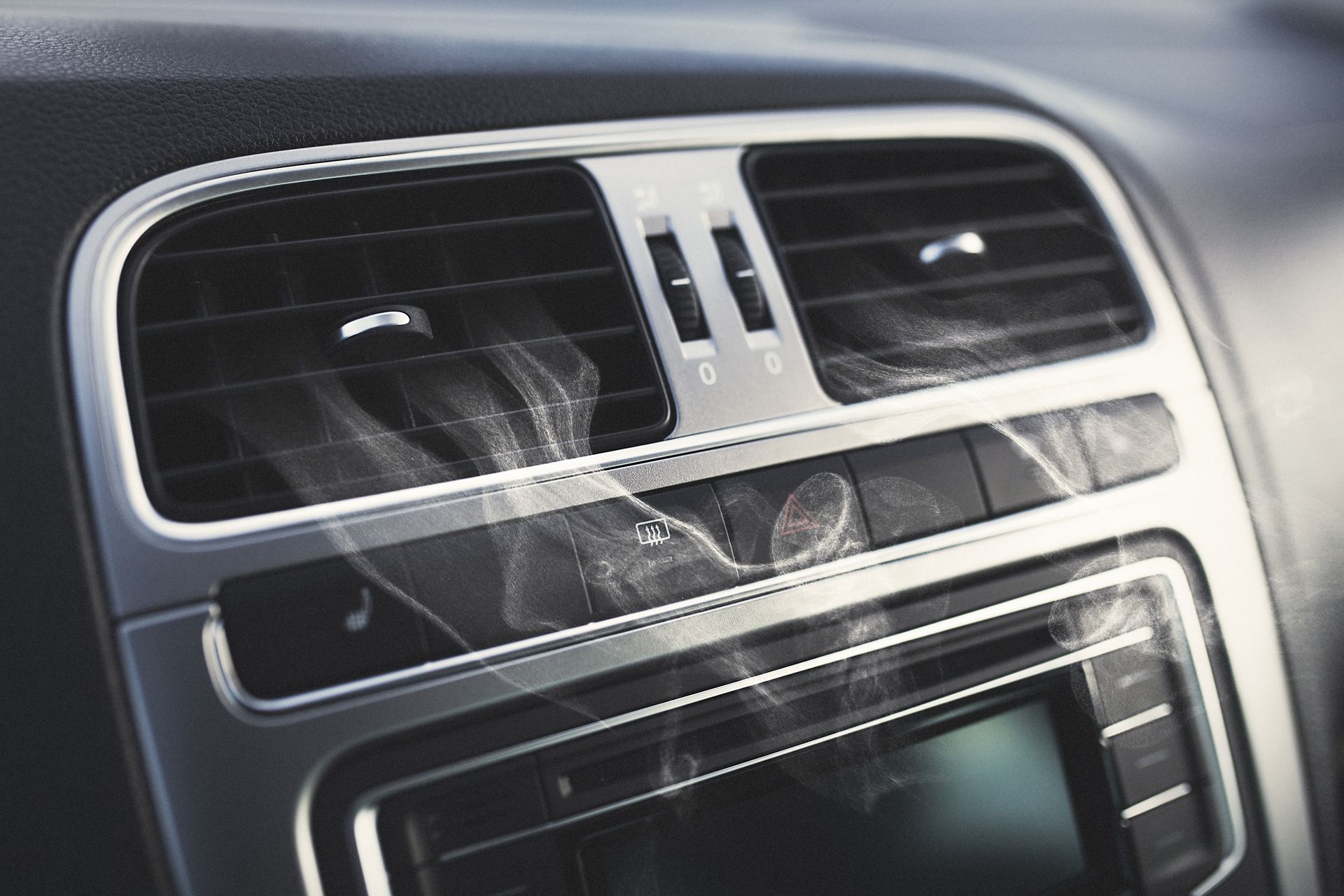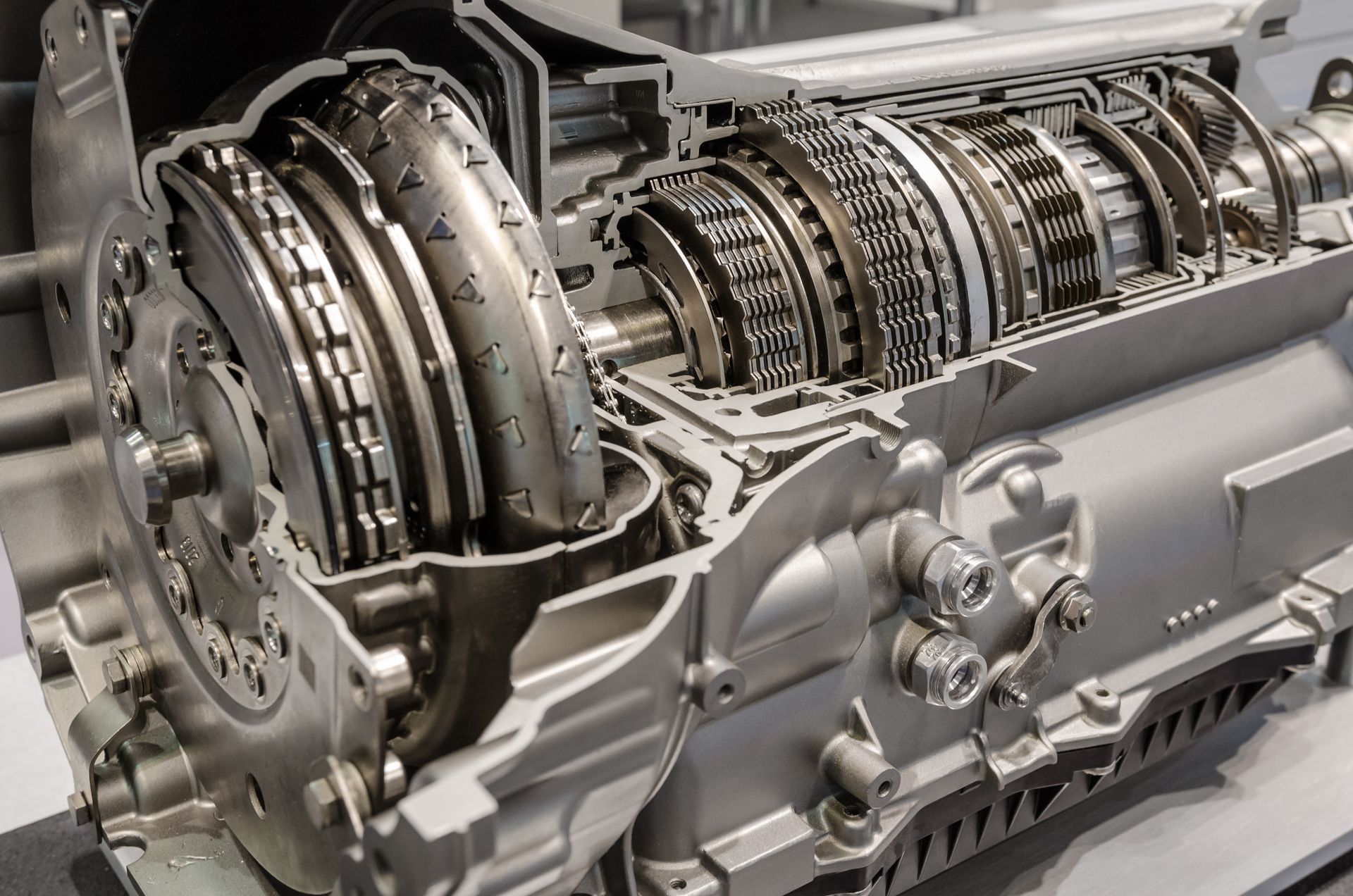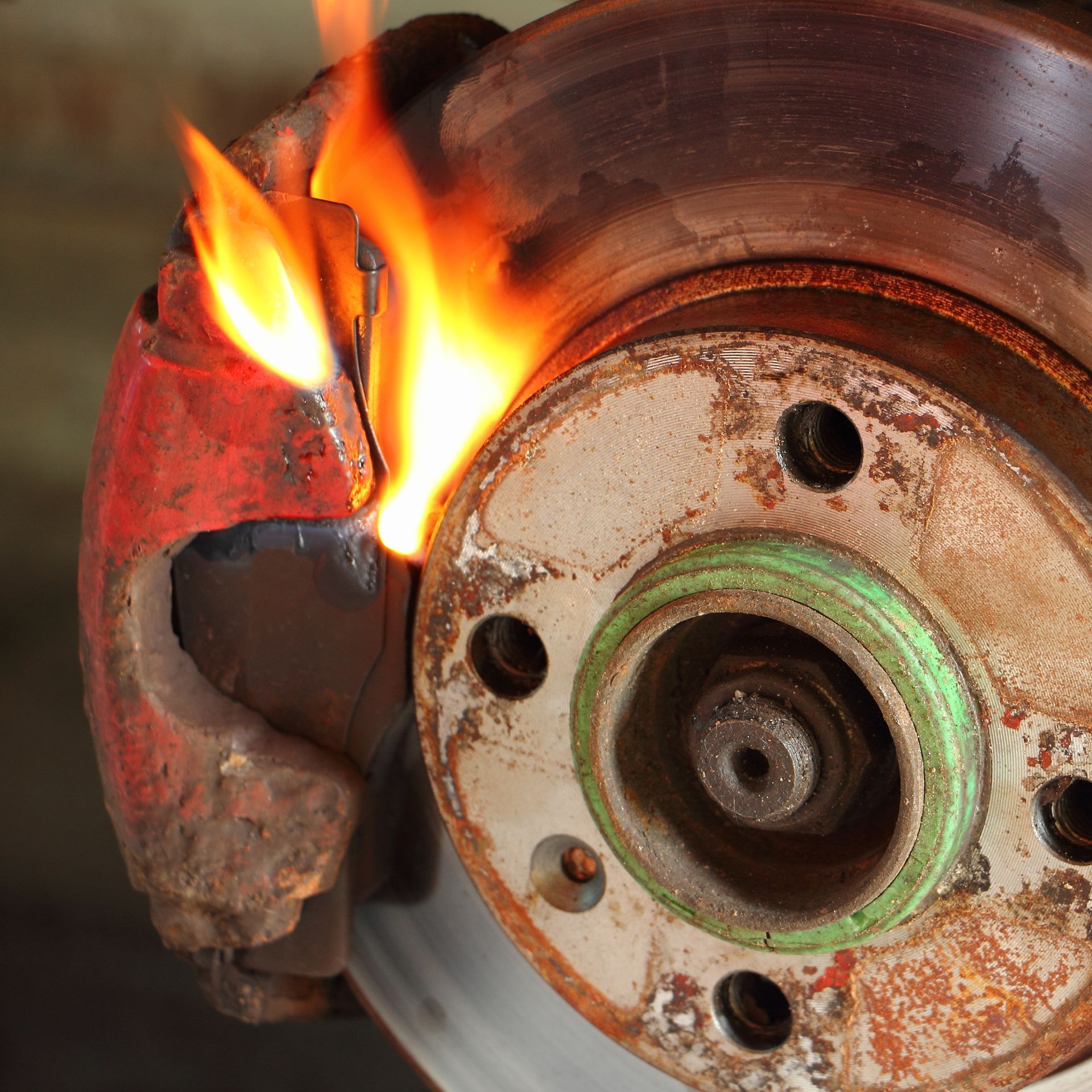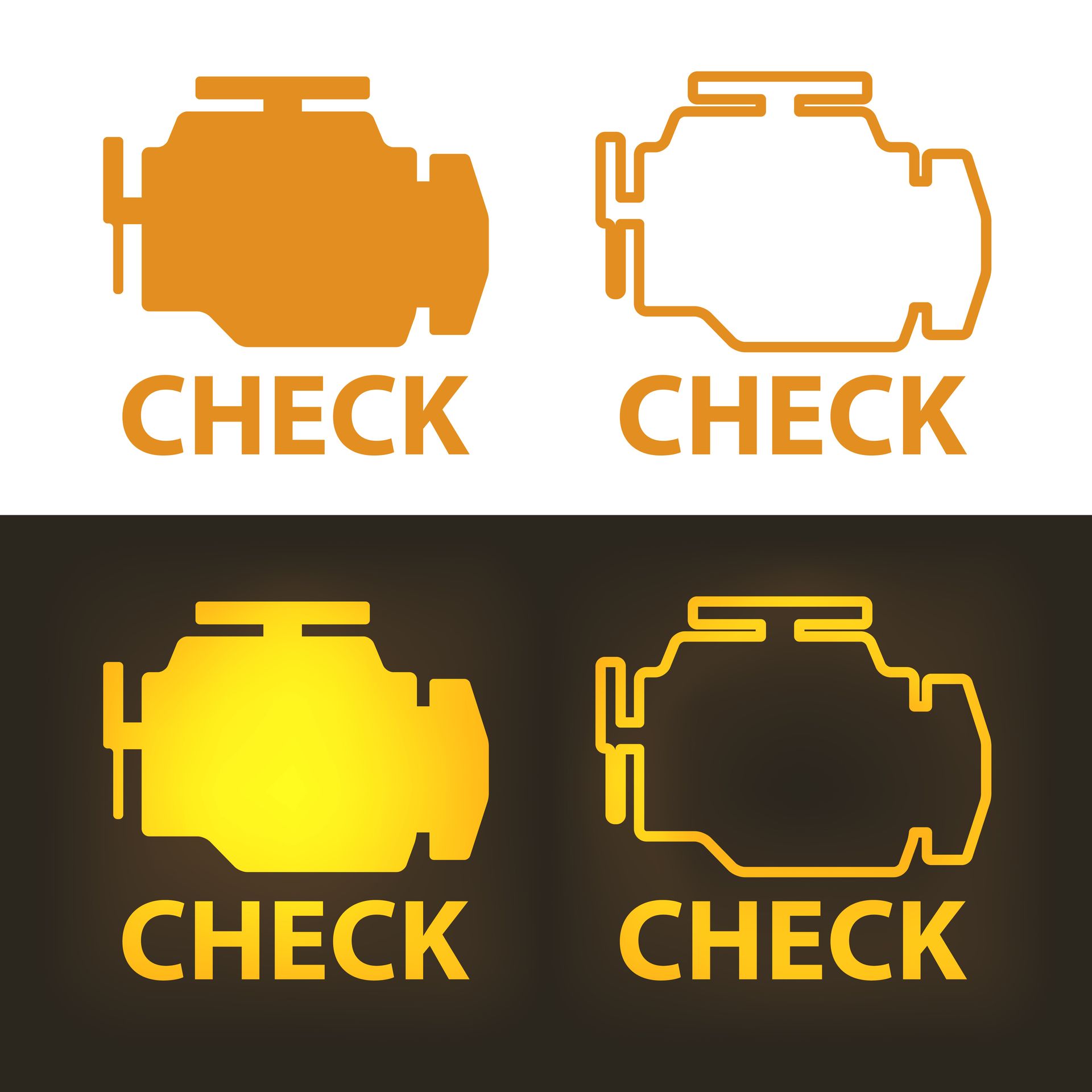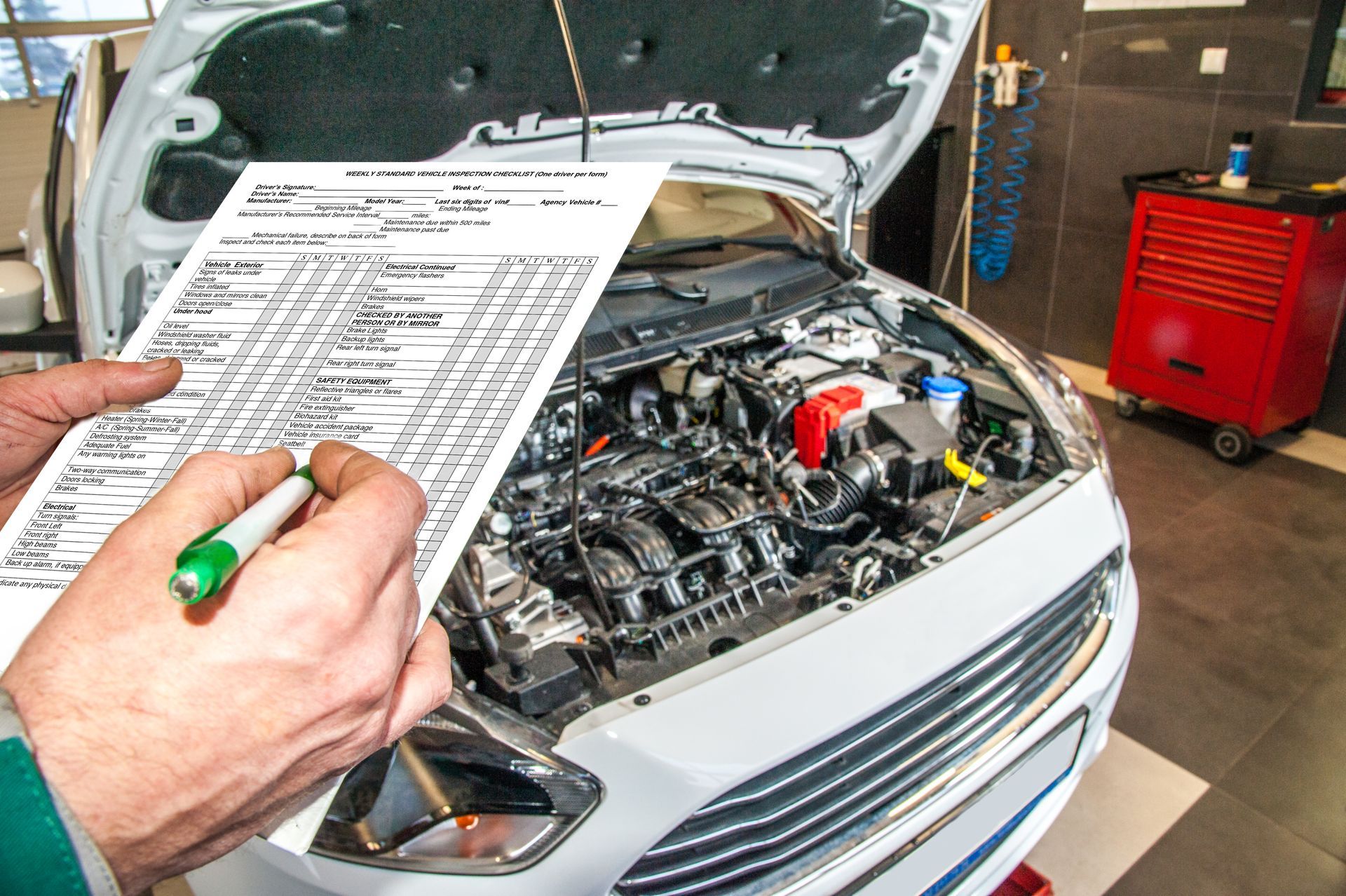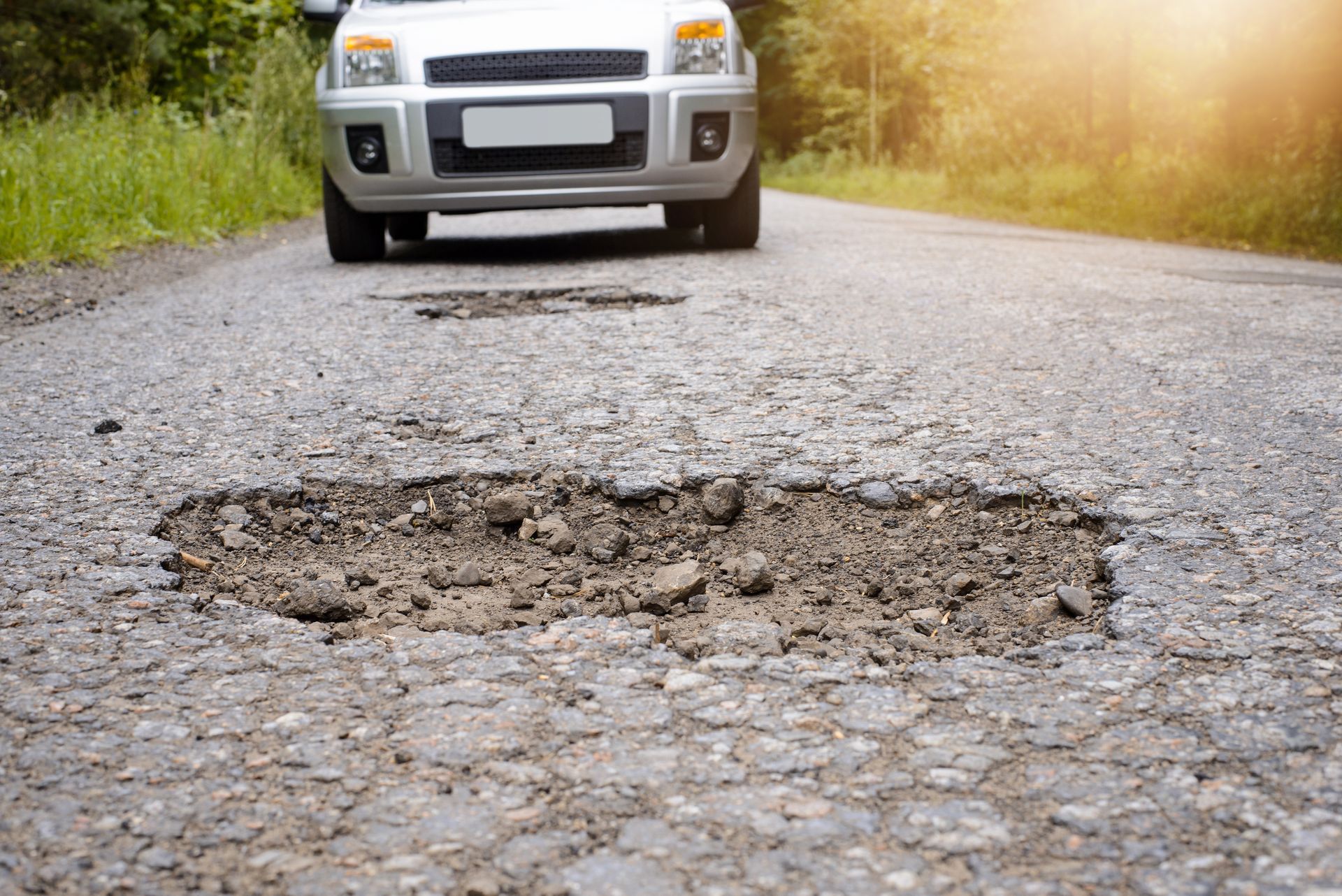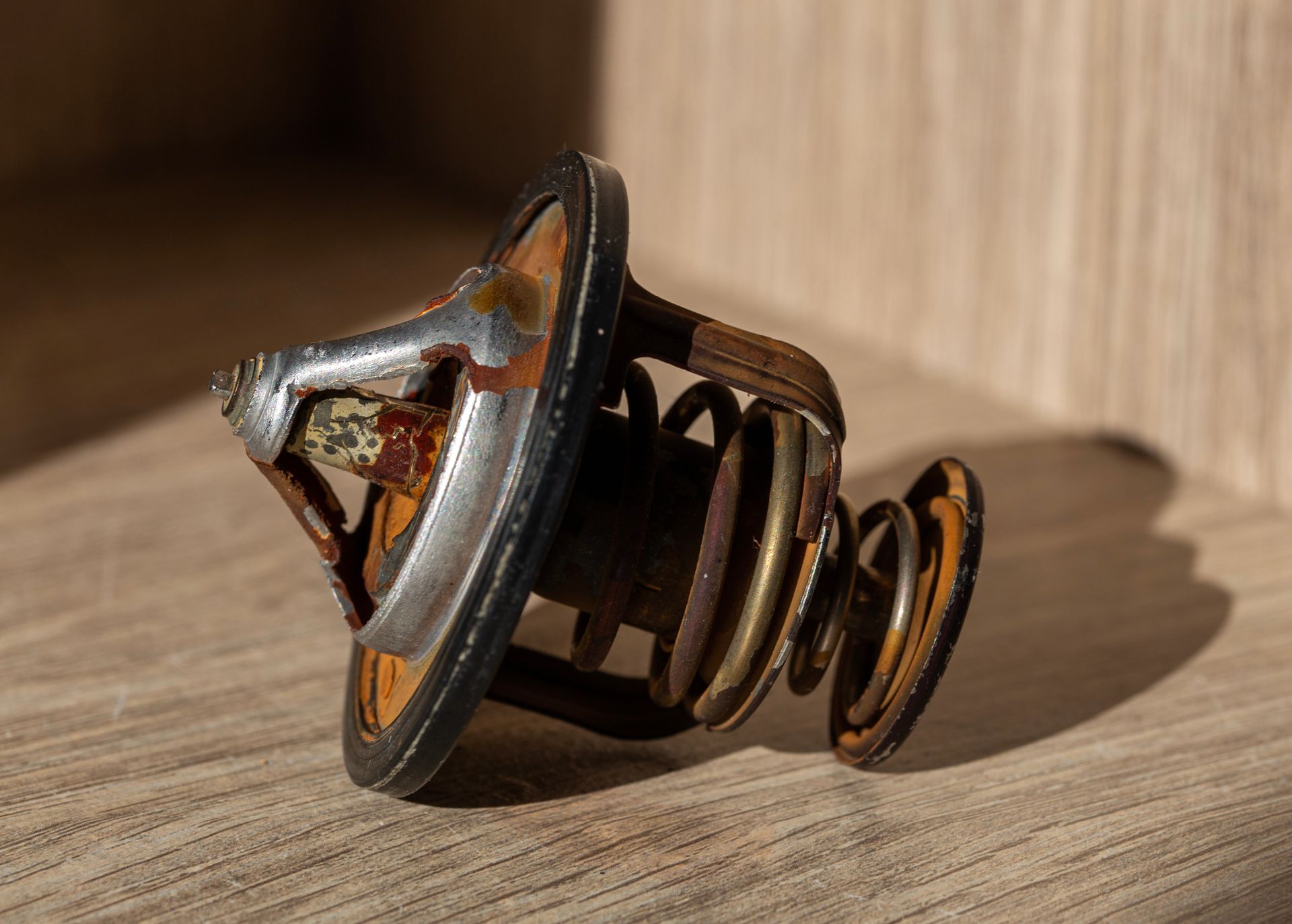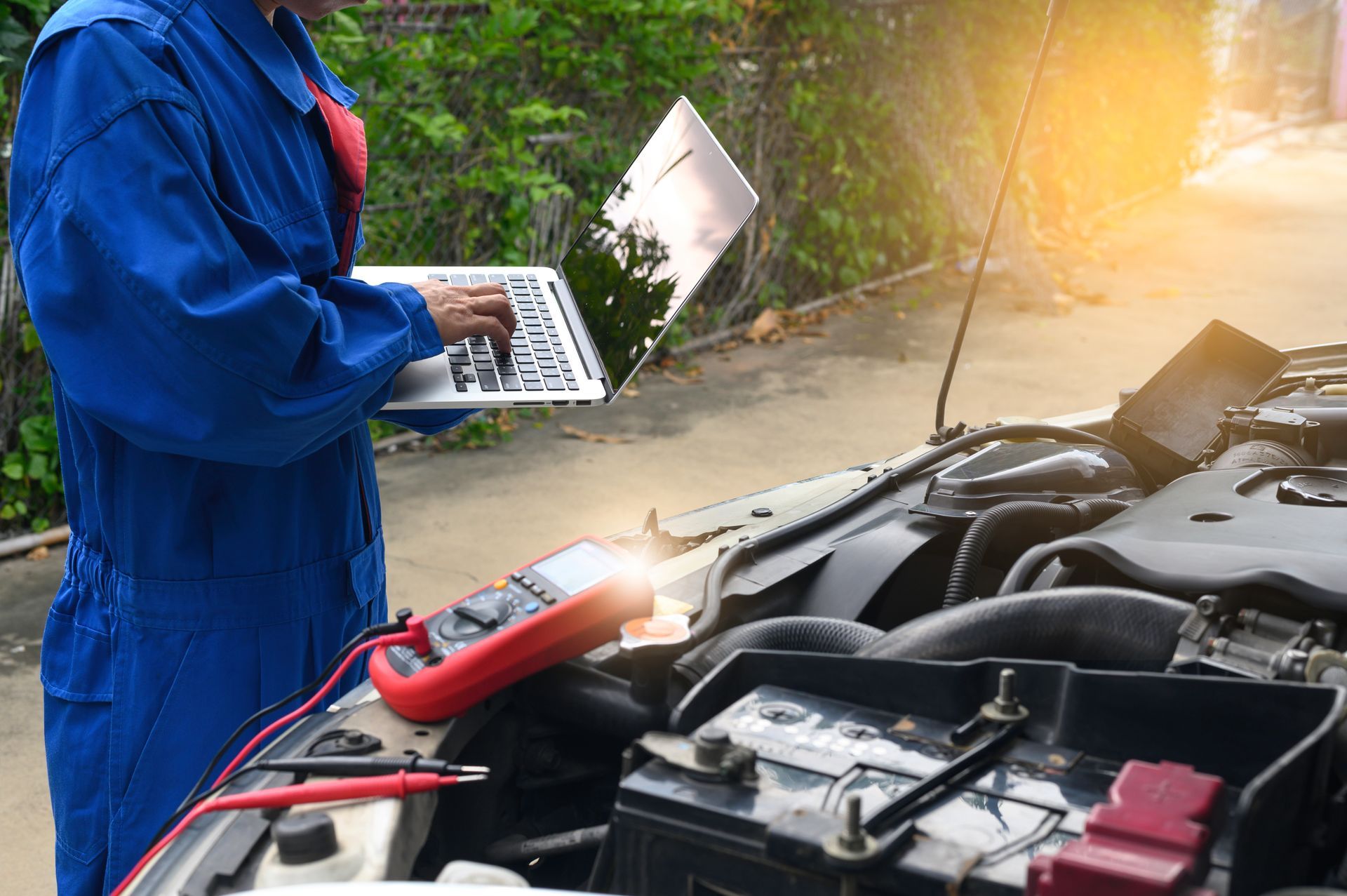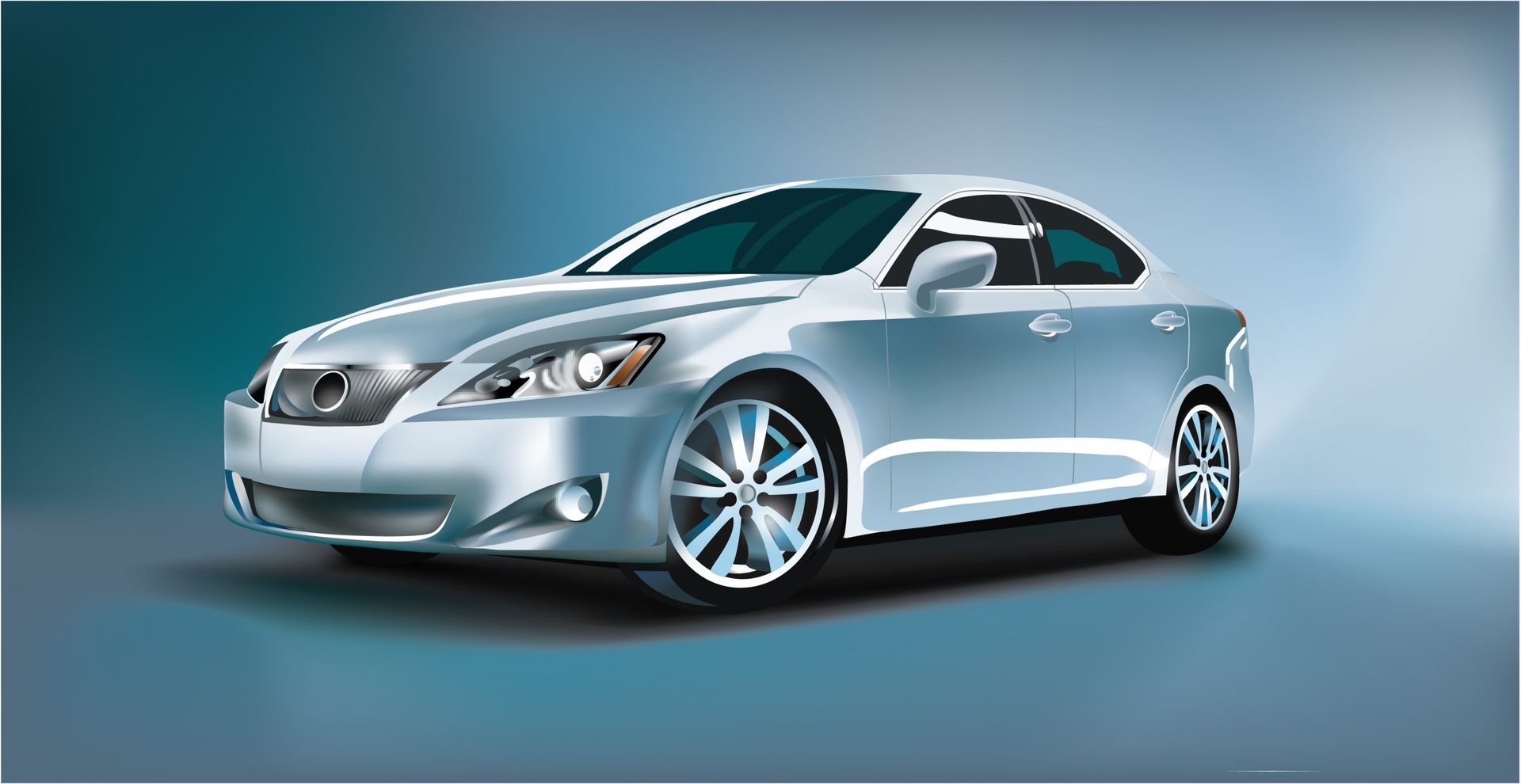Driving can be a tedious task. Whether you’re commuting or stuck in traffic, driving can take a lot out of you. One aspect that can make driving even more frustrating is the excessive road noise in your cabin. While engine noise and wind can cause some distinctive sound, a primary culprit can be your tires. When the rubber of the tire rolls across the asphalt, it creates friction and vibrations that can be quite noisy. Unfortunately, tire noise is unavoidable. However, there are things you can do to reduce the noise associated with your tires.
- With the popularity of hybrid and electric vehicles, the market for quiet tires is also growing. Some tires will indicate how well it handles noise with a wave symbol. The more waves, the higher the noise level.
- Check your vehicle’s load number and tire speed rating. All cars have a load index number that tells you how much weight your tire can hold. Check your auto manual to ensure your tires aren’t below the requirement. The wrong tires can wear quickly and naturally become louder. When purchasing new tires, explain to the tire dealer, you’d like one with minimal noise. While It may be tempting to go for the maximum speed rating, this is not the best idea for reducing road noise. The higher the tires speed rating, the more rigid they are. Stiff tires may be fast, but they cause louder road vibrations.
- Stay on top of tire maintenance by keeping your tires properly inflated. If road noise is louder than usual, check your tires. Tire wear and tear, such as thin or misaligned tread, can lead to distracting cabin noise. Tire tread that has thinned can be due to potholes, over-inflation, or poor wheel alignment. If wheel alignment is off, the tires may scuff the road in a louder manner. It would be best if you have your wheel alignment checked at least once every six months. Keeping your tires adequately inflated is an easy maintenance task to add to your routine. Most gas stations have tire gauges that can tell you your tire pressure and allow you to purchase air to fill them. Try not to over-inflate your tires, as some experts say it can lead to even more distracting noise.
While you can drown out loud road noise with music, music doesn’t help when you need a quiet and a clear conscience. Road noise can be distracting. If your cabin is louder than usual, check your tires. If you’re still experiencing loud road-noise after all of the above, you should consult with your mechanic on soundproofing the inside of your vehicle. Though an additional expense, some floor mats, and sprays may aid in reducing the noise.

